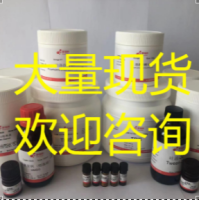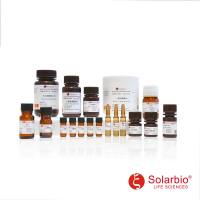Amino Acid Measurement in Body Fluids Using PITC Derivatives
互联网
714
Amino acid chromatography is used to detect both primary disorders of amino acid metabolism (e.g., maple syrup urine disease) and disorders of renal tubular reabsorption (e.g., cystinuria) (see Notes 1 –4 ). In most patients with disorders in the former group, the abnormal amino acids are clearly increased in both plasma and urine, although the abnormality is usually more pronounced in urine. In disorders of renal tubular transport, only the urine amino acids will be abnormal, thus these conditions will be missed if plasma alone is studied. Quantitative amino acids are measured in blood samples from children who are having their amino acids levels manipulated by dietary restriction of natural protein. Derivatization of amino acids is required before analysis by high-performance liquid chromatography (HPLC). A number of alternative pre- or postcolumn derivatization methods have been described (1 ). In the method described here amino acids in standards, urine, or deproteinized serum/plasma are reacted with phenylisothiocyanate (PITC) in the presence of a coupling solvent. The phenylthiocyanate (PTC) derivatives are then applied to a reverse-phase (RP) HPLC column and separated using a gradient elution system. The PTC amino acids are detected using an ultraviolet (UV) detector (254 nm) and an electrochemical detector (ECD) in series (2 ).


![丹酰氨基-PITC [用于埃德曼降解法的荧光偶合试剂]&102417-94-7](https://img1.dxycdn.com/p/s14/2024/1220/528/0086972498829299681.jpg!wh200)

![DKFZ-PSMA-11,4,6,12,19-Tetraazadocosane-1,3,7-tricarboxylic acid, 22-[3-[[[2-[[[5-(2-carboxyethyl)-2-hydroxyphenyl]methyl](carboxymethyl)amin](https://img1.dxycdn.com/p/s14/2025/1009/171/0405943971658126791.jpg!wh200)




